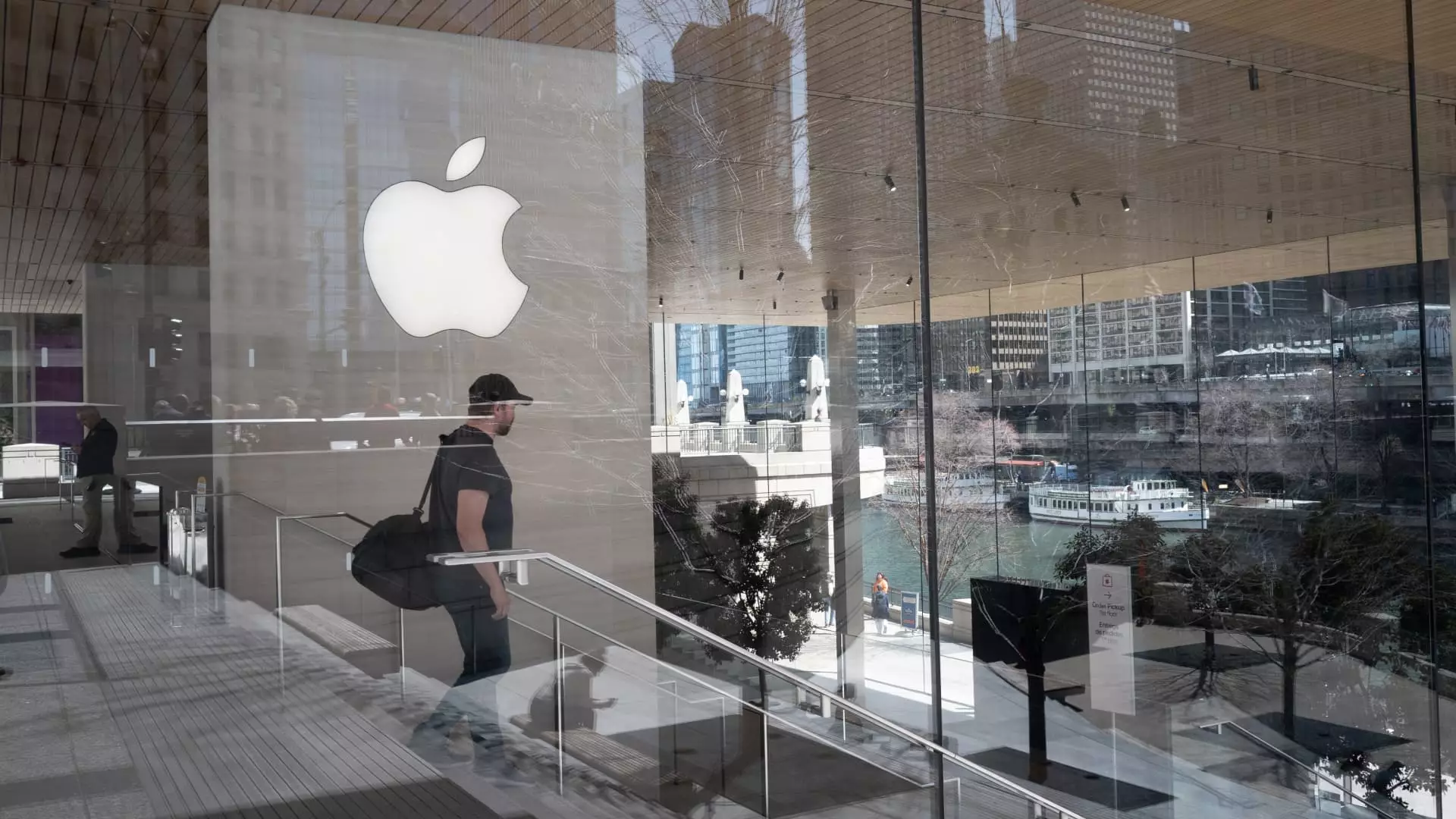As the financial landscape becomes increasingly erratic, investors are left grappling with the uncertainty created by geopolitical tensions and shifting economic policies. Recently, the stock market experienced a wave of volatility following President Donald Trump’s controversial tariff announcements. The S&P 500 has dipped by 3.8% since April’s onset, and the losses were only exacerbated by fears of a trade war, leaving many stocks in precarious positions. But amidst this chaos, there are sparks of reliability—two titans, Apple and Adobe, have been highlighted by Goldman Sachs as potential lights at the end of the tunnel. Yet, the allure of these stocks also comes with its own caveats.
Goldman Sachs: A Silver Lining Amidst the Storm
Goldman Sachs, known for its finger on the pulse of market trends, remains optimistic about the growth potential of companies like Apple and Adobe. These firms are touted for possessing solid balance sheets, stability in financial returns, and promising projected growth. Their free cash flow metrics for 2025 and 2026 are encouraging, suggesting robust operational efficiency. The revelation that Adobe’s stock could surge by 82% from current levels is undoubtedly an enticing prospect. However, these optimistic forecasts may paint an overly rosy picture, glossing over significant risks.
Adobe: A Digital Giant with Hidden Risks
Adobe’s performance has been tumultuous. Despite Goldman’s bullish stance, the reality is sobering. The stock has plummeted nearly 21% this year, and growing anxieties surrounding its artificial intelligence monetization strategy warrant deeper analysis. While the promise of impressive free cash flow margins of 40% for the upcoming years sounds appealing, it brings an inherent risk. The rapid progress in AI can be unpredictable, potentially impacting Adobe’s market position if competitors leverage these technologies more adeptly. An optimistic investor must consider whether its current decline is a mere blip or indicative of deeper structural issues.
Apple: Reliability Under Threat
Apple epitomizes stability in the eyes of many investors. With its impressive cash-on-cash returns projected to surpass 75% by 2025 and 2026, one would think all is well. However, we cannot ignore the elephant in the room—Apple’s heavy dependence on China’s manufacturing sector. The looming threat of steep tariffs poses a significant risk to profitability—what happens if the United States decides to escalate trade tensions? An investor looking solely at Apple’s historical performance without considering these market dynamics might be setting themselves up for disappointment. The potential 31% upside projected by Goldman Sachs is commendable, but the underlying risks must be acknowledged.
Sector Watch: Uber and Eaton as Rising Stars
Interestingly, not just the giants of tech are gaining attention. Companies like Eaton and Uber are also emerging as noteworthy contenders in this complicated market. Uber, a ride-share powerhouse, has seen its stock rise an impressive 22% this year, outpacing broader market trends. The projected 2% increase in free cash flow from both companies for the coming year adds to their allure. Investors must consider the broader implications of a company like Uber thriving amidst such uncertainty. Are we witnessing a paradigm shift in the way we assess growth and resilience in this era, especially when conventional metrics seem less reliable?
Strategy Amid Uncertainty
In this volatile climate, the discussion around investment strategies has never been more pertinent. With traditional safe havens like Apple and Adobe showing cracks in their foundations, it becomes crucial for investors to diversify and reassess their strategies. The focus should not solely rest on the shiny prospects of stock surges, but on a holistic understanding of market dynamics, geopolitical tensions, and sectoral strengths. As an investor, being astute means digging deeper into the financial complexities at play and adjusting strategies in real time rather than relying on outdated paradigms. In tumultuous times, the art of investment lies not just in identifying potential stars like Adobe and Apple but in anticipating pitfalls as well.
Navigating through this tumultuous investment landscape requires foresight and resilience. The allure of potential gains must be balanced against stark realities. The question remains, are you prepared to adjust your approach in response to an ever-evolving market?


Leave a Reply